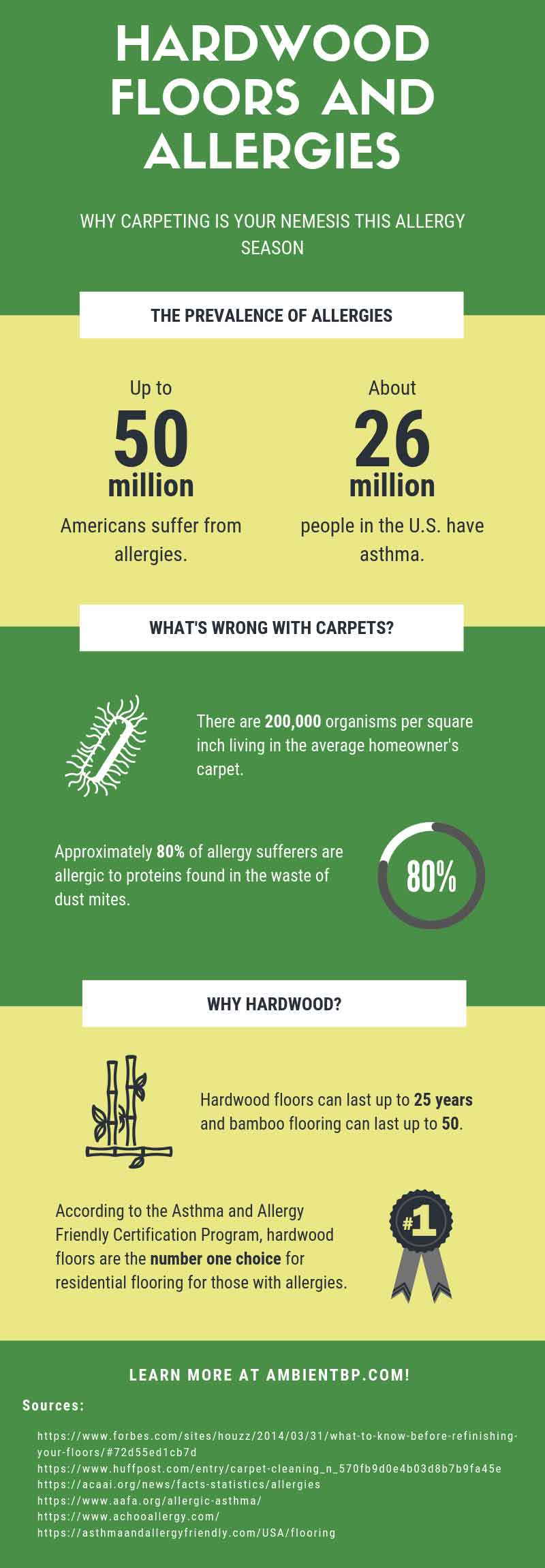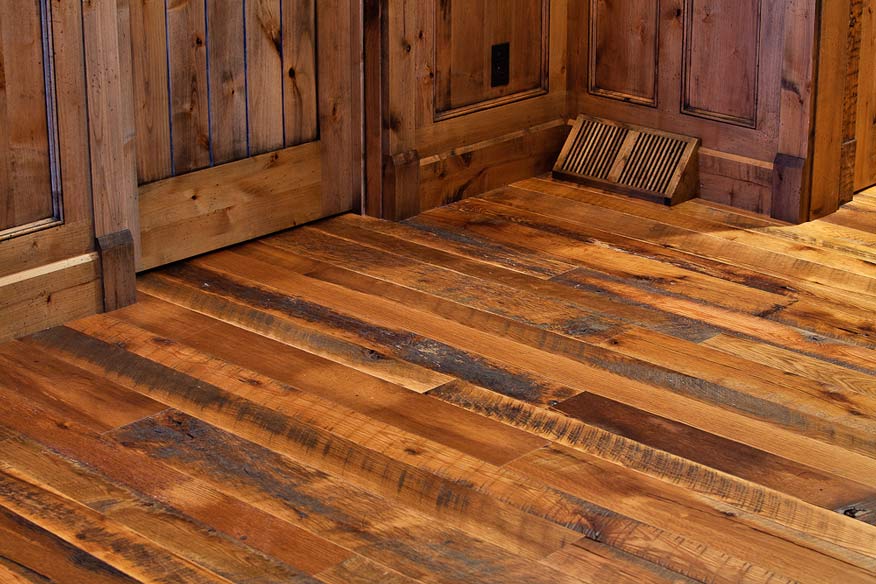
Spring is officially here and summer is on its way. For those 50 million Americans with allergies, it’s time to start making preparations to keep yourself from sneezing and wheezing those warm-weather days away.
One of the best ways you can fight back against seasonal allergies is by fighting the allergens and bacteria that make their way into your home. Carpets are infamous for their allergen-collecting ability.
Up to 200,000 organisms, including allergens and bacteria, live in a single square inch of carpet in the average American’s home. This buildup of dirt, dust, and debris can keep your home from being the safe haven from allergens you need it to be.
Approximately 26 million people suffer from asthma and 80% of allergy sufferers are allergic to the proteins in dust mite waste. Carpets can worsen allergy symptoms and trigger asthma attacks unless they’re regularly cleaned.
That doesn’t just mean vacuuming either. Although it’s recommended to vacuum at least once a week, steam cleaning is necessary to consider your home’s carpet actually clean.
It’s no wonder then that the Asthma and Allergy Friendly Certification Program recommends hardwood floors for residential flooring. Unlike carpets, hardwood floors don’t hold onto dust, dirt, and debris.
Instead, allergens and grime sit on the surface of hardwood floors, which makes them easier to clean. Professional steamers aren’t needed to get rid of allergy triggers. You only need a broom and a mop.
But hardwood floors aren’t just better for allergy sufferers and those with asthma. They’re also more convenient. Carpeting lasts 10 years on average, but in between those 10 years, your carpet can become stained and dirty.
That isn’t the case with hardwood floors, which can last 25 years.
Bamboo flooring can last even longer at 50 years. And you never have to worry about accidentally spilling red wine.


